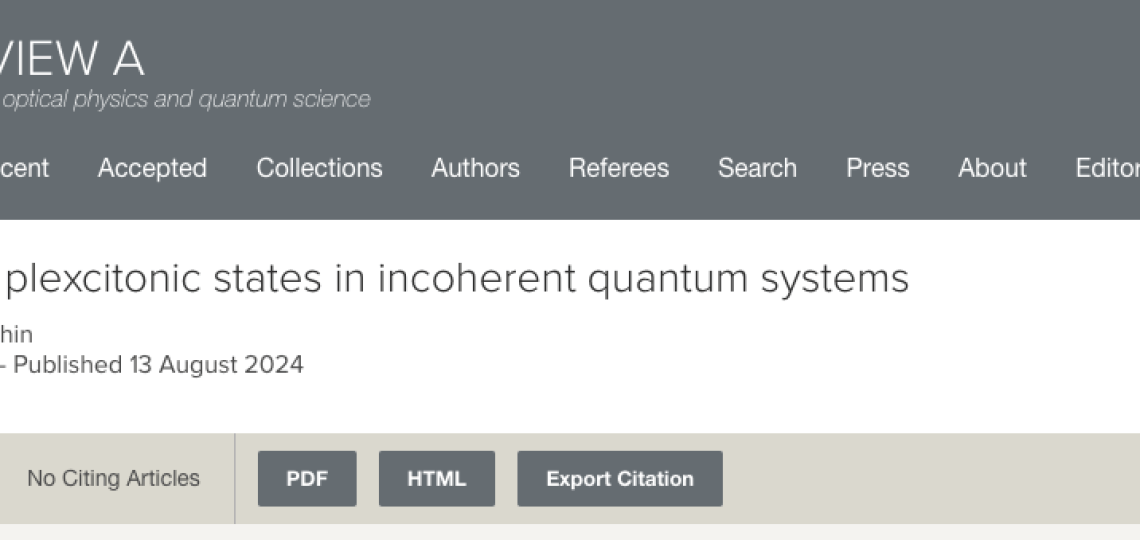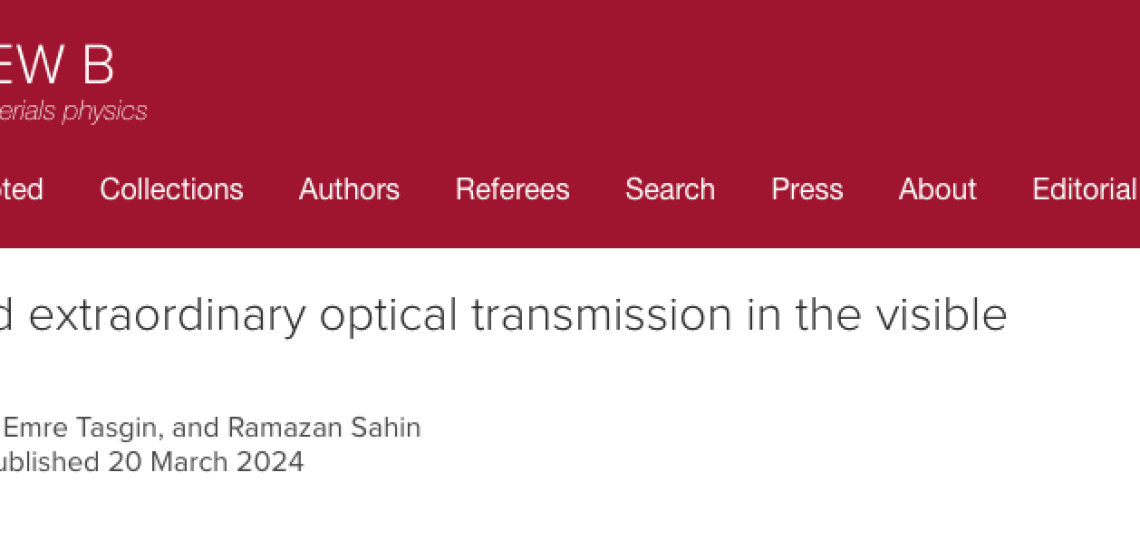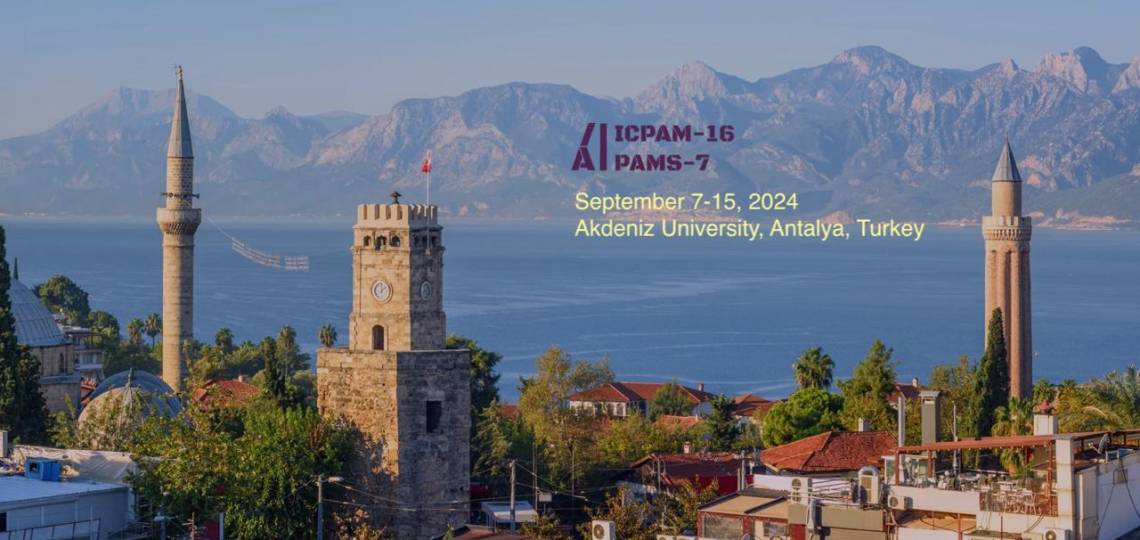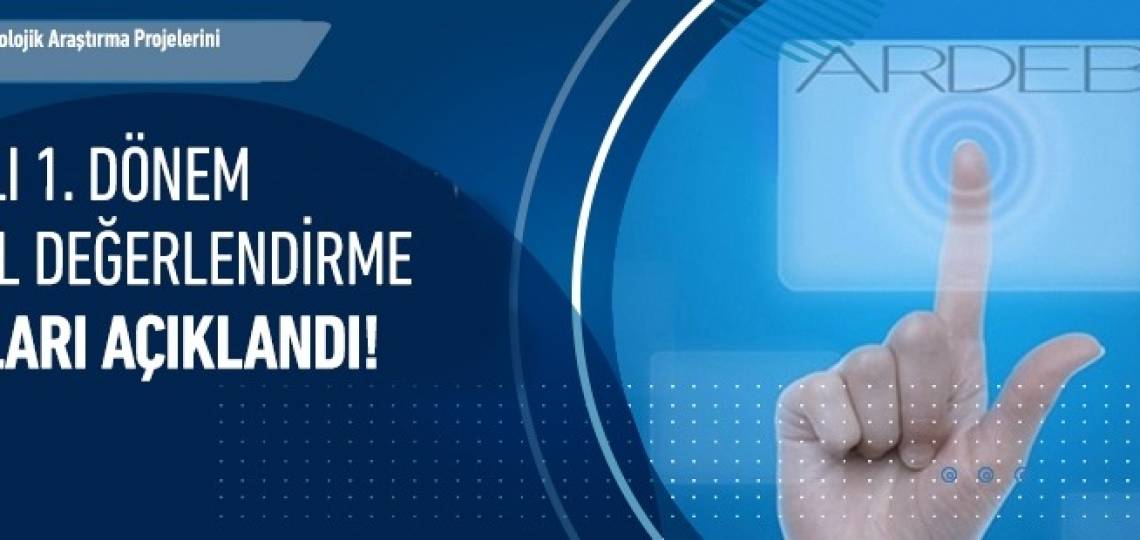



About Our Group
In our group, we study light-matter interaction at nanoscale dimensions. By adopting theoretical methods of Classical Electrodynamics, Quantum Mechanics and Condensed Matter Physics, the group describes light scattering and emission from nanostructures and molecules in a variety of spectroscopy and microscopy configurations.
Through these configurations, addressed in the form of Surface Enhanced Raman Spectroscopy (SERS), Surface Enhanced Infrared Absorption (SEIA), Scanning Tunneling Microscope (STM), Atomic Force Microscope (AFM), Scattering Near Field Optical Microscope (SNOM), different dynamical aspects of light matter interaction are investigated and studied.
During the last year, the main impact of our research has been in the field of Quantum plasmonics and optical nanoantennas and more specifically, in the role of quantum effects in the optoelectronic metallic nanostructures and molecular entities located within those plasmonic nanocavities.
Latest News






